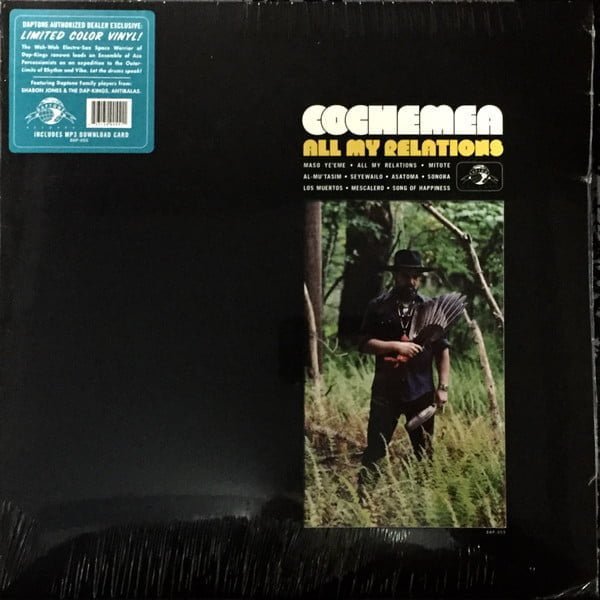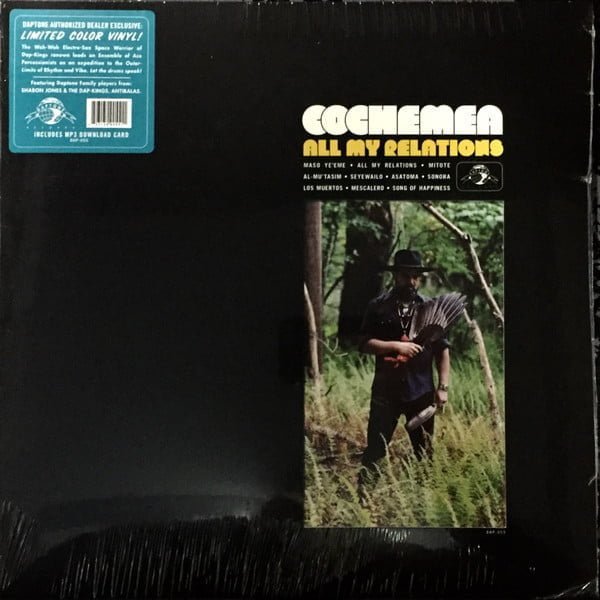Afro-Cuban
Afro-Cuban music is a vibrant and dynamic genre that has captivated audiences around the world for generations. It originated from the fusion of African and Cuban cultural elements, creating a unique and rich musical tradition. This genre has deep roots in the history of the African diaspora in Cuba, where enslaved Africans brought their rhythms, melodies, and spiritual practices.
Key Elements of Afro-Cuban Music
One of the defining characteristics of Afro-Cuban music is its complex polyrhythms. These intricate rhythms are often played on traditional percussion instruments such as congas, bongos, and timbales. The music also incorporates call-and-response vocal patterns, which are a hallmark of African musical traditions. Additionally, Afro-Cuban music features melodic elements from Spanish and Indigenous Cuban music, resulting in a rich tapestry of sound.
Influence and Evolution
Over the years, Afro-Cuban music has evolved and influenced various other musical genres. In the early 20th century, it played a significant role in the development of jazz, with musicians like Dizzy Gillespie and Chano Pozo blending Afro-Cuban rhythms with jazz harmonies. The genre has also influenced salsa, mambo, and Latin jazz, showcasing its versatility and enduring appeal.
Modern-Day Afro-Cuban Music
Today, Afro-Cuban music continues to thrive and evolve. Contemporary artists like Buena Vista Social Club and Los Van Van have brought global attention to the genre, while young musicians continue to innovate and push its boundaries. Afro-Cuban music remains a vital and dynamic part of Cuba’s cultural heritage, reflecting the island’s diverse history and vibrant spirit.


